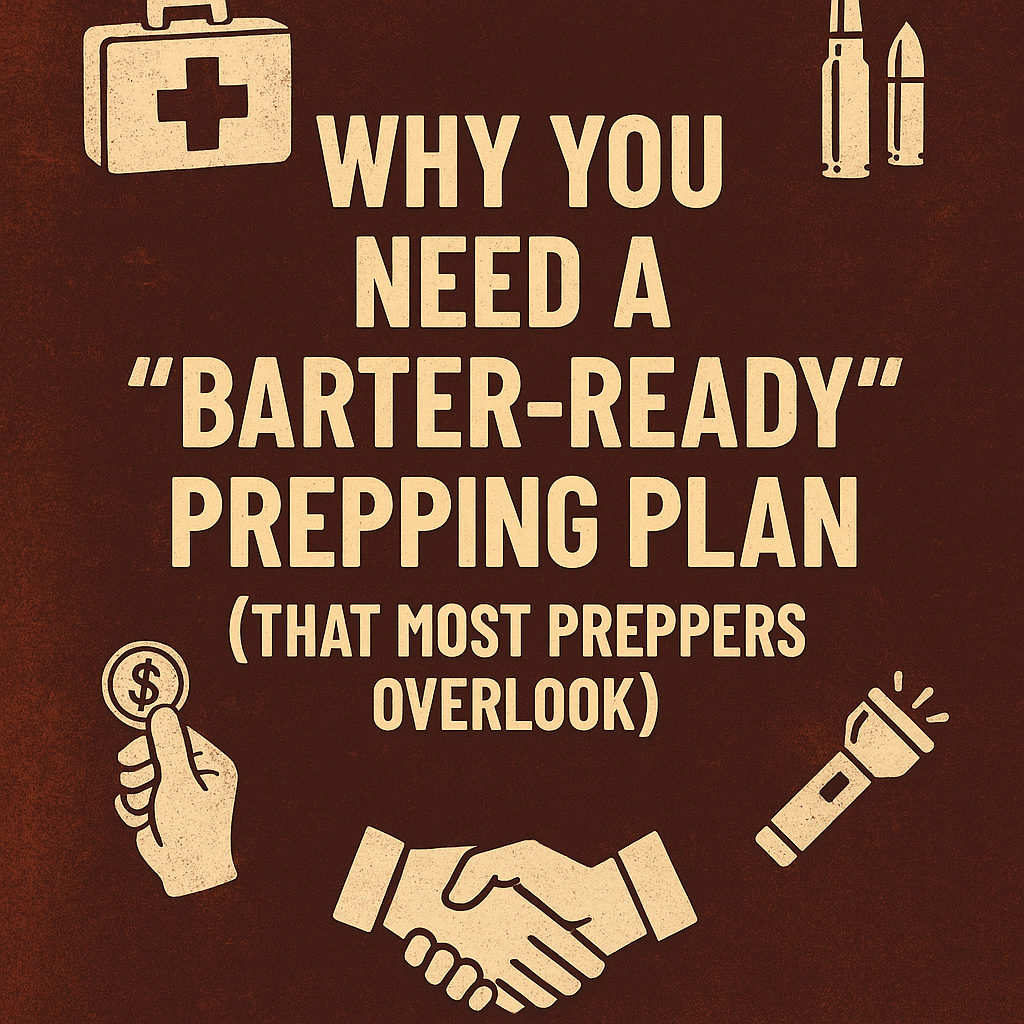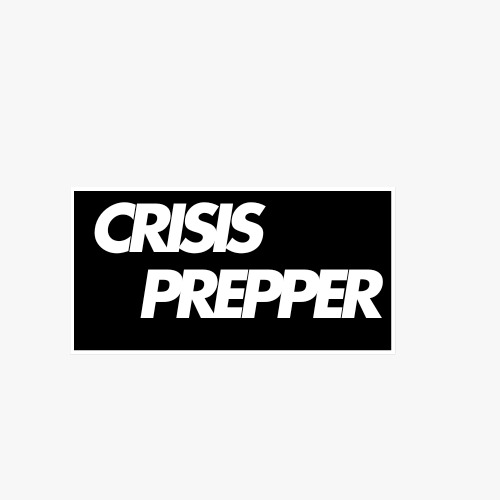Why You Need a “Barter-Ready” Prepping Plan (That Most Preppers Overlook)
Most prepping guides focus on food storage, bug-out bags, or off-grid power—but very few talk about a barter-ready prepping plan. In a true collapse scenario, money could become worthless overnight. What will matter then? Trade. Barter. Skills. Supplies that hold real value. That’s why you need to create a barter-ready prepping plan right now—before everyone else catches on.
In this detailed guide, we’ll break down what a barter-ready prepping plan is, why it’s crucial for long-term survival, and how to build one that gives you the upper hand when SHTF.
What Is a Barter-Ready Prepping Plan?
A barter-ready prepping plan is a strategic part of your prep that focuses on stockpiling goods and skills specifically for trade. It’s not just about what you need—it’s about what others will desperately want during a crisis.
Think of it as building your own underground store before the shelves are empty. If you’ve got what people need, you’ve got power, leverage, and survival advantage.
What to Stockpile for Barter (Low-Cost, High-Demand)
Here are smart items to include in your barter-ready prepping plan:
Medical Supplies (Bandages, Painkillers, Antibiotics)
When healthcare systems collapse or pharmacies are empty, medical items become life-saving commodities. Painkillers relieve suffering, bandages stop bleeding, and antibiotics prevent infections. People will trade almost anything for them in an emergency.
Batteries and Solar Chargers
When the grid goes down, the ability to power flashlights, radios, or small electronics becomes crucial. Batteries are a lifeline, and solar chargers offer renewable energy, making them a barter item with long-term value.
Water Purification Tablets & Filters
Clean water will be one of the first things to run out. These items allow people to purify dirty or questionable water sources—essential for survival. Highly tradable because they prevent disease and dehydration.
Lighters & Fire Starters
Fire is critical for cooking, warmth, and sterilizing. Lighters and fire-starting tools (like ferro rods or waterproof matches) will be hot items—especially among those who didn’t prepare well.
Ammo (Small Calibers, Common Types)
Ammunition is a high-value, high-risk barter item. Stick with common calibers like .22LR, 9mm, or 12 gauge. While not everyone may need it, those who do will be willing to pay heavily in trade.
Toiletries (Soap, Feminine Products, Toothbrushes)
Hygiene becomes a huge concern during long-term crises. Toiletries boost health and morale. Feminine hygiene products are particularly essential—and hard to improvise—making them very valuable in trade.
Salt, Spices & Coffee (High Value for Morale)
Salt is critical for preserving food and maintaining health. Spices improve bland survival meals, and coffee is an addictive stimulant—people will miss it badly and often trade premium goods for even a small supply.
Seeds (Heirloom, Non-GMO)
In long-term collapse, gardening becomes a primary food source. Heirloom seedshttps://amzn.to/3EMZCm1
are valuable because they can be saved and regrown. These can be worth more than gold when food supplies dry up.
DIY Repair Kits (Glue, Duct Tape, Sewing Kits)
When supply chains are gone, you’ll need to fix things instead of replacing them. Glue, duct tape, and sewing kits can patch gear, clothes, tools, and more. These practical tools will always have trading value.
Barter-Ready Skills You Should Develop
You don’t just have to trade items—you can trade skills too. In many scenarios, services will be just as valuable.
- First aid/trauma care
- Butchering or meat preservation
- Weapon repair or firearm training
- Soap making or herbal remedies
- Mechanic or handyman skills
- Gardening & seed saving
- Water filtration setup
The key is to become valuable to your community. A barter-ready prepping plan isn’t just about having stuff—it’s about being someone worth trading with.
How to Build a Barter-Ready Prepping Plan (Step-by-Step)
- Audit your current supplies
– Mark what’s useful for YOU vs. what’s tradeable. - Create a separate barter stash
– Store these items in a different bin or bag. Make them easy to access but separate from your own survival cache. - Learn high-value skills
– Pick 1–2 barterable skills to master. Add tools and reference books. - Network with like-minded preppers
– Join barter groups or build local contacts. Trust will be currency too. - Test trade
– Try small-scale trades at events or online to get a feel for real barter dynamics.
Final Thoughts: Trade Smart, Survive Smarter
In a real survival situation, food and water disappear fast—and when they do, your ability to trade becomes your most valuable asset. A barter-ready prepping plan isn’t just a backup—it’s a strategic advantage that most preppers ignore.
While others panic or run out of supplies, you’ll be the one holding the resources and skills that everyone desperately needs. That means power. Security. Options.
Don’t wait until it’s too late.
Build your barter-ready prepping plan now—and prepare to thrive when others struggle to survive.


Thanks for sharing. I read many of your blog posts, cool, your blog is very good.
Your point of view caught my eye and was very interesting. Thanks. I have a question for you.